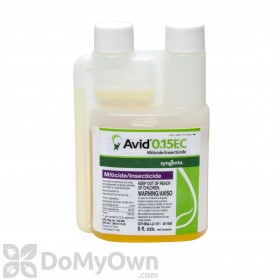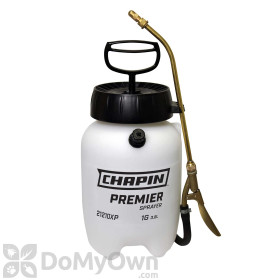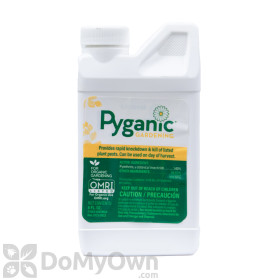
Whiteflies are tiny insect pests that cause damage to plants by drinking sap from the plants, damaging the leaves, and leaving behind a sticky substance that attracts ants, mold, and fungi. The best way to combat this type of unwanted plant damage is to prevent whiteflies from making a home among your plants at all. With help from this guide and our recommended products you can take steps to prevent whiteflies. Read on for more details and product links.
Do you have an active whitefly infestation in your yard? Read our guide on how to get rid of whiteflies for treatment options.
Use Natural Predators to Eat Whiteflies
Ladybugs and lacewings are some of the many natural predators to whiteflies. Adding ladybugs and lacewings to your garden will not harm your plants. The predators will feed on any whiteflies that may be in the yard that homeowners haven't found, helping to prevent a few whiteflies from turning into a large infestation.
Planting flowers or herbs that are attractive to ladybugs is one method of encouraging these beneficial insects to find their way to your yard and garden. Some examples include cilantro, dill, chives, and fennel.
Sprays and Drenches

Applying an insecticide labeled for white fly control can be your best option for both short-term and long-term whitefly prevention.
Systemic insecticides can be applied in the spring for whitefly prevention. Applying a foliar spray of a product like Talstar P Professional Insecticide can provide quick knockdown and protect desirable plants from whitefly damage.
For longer-lasting residual protection against whiteflies, soil drenches with products like Safari Systemic Insecticide are a great solution. This type of treatment is also ideal for shrubs and trees that may be affected by whiteflies or other sucking pests (like aphids, scale, or mealybugs), as the insecticide will translocate from the roots up into the entire plant for longer control. Perform systemic root drenches after petals fall on flowering plants and trees to protect pollinators.
Pro Tip
Rotate any foliar spray products after 2 or 3 treatments to prevent resistance build-up among whiteflies.
Be sure to check the label of your product for instructions on where it can be used. Some products are meant for outdoors only while others can be used indoors and in greenhouses.
In greenhouses, Ultra-Pure Horticultural Oil is a popular choice as it is labeled for use on many edibles and ornamentals and has a lower burn risk.
We hope you have found this guide helpful. If you are not sure if you have whiteflies, our guide on what do whiteflies look like will help you make a positive identification. Our White Fly Inspection Guide will help you examine your garden and plants for the small pests, and How to Get Rid of Whiteflies will cover your treatment options.
If you have additional questions about whitefly control or the products recommended in this guide, give our customer service team a call at 866-581-7378 or email [email protected].
















